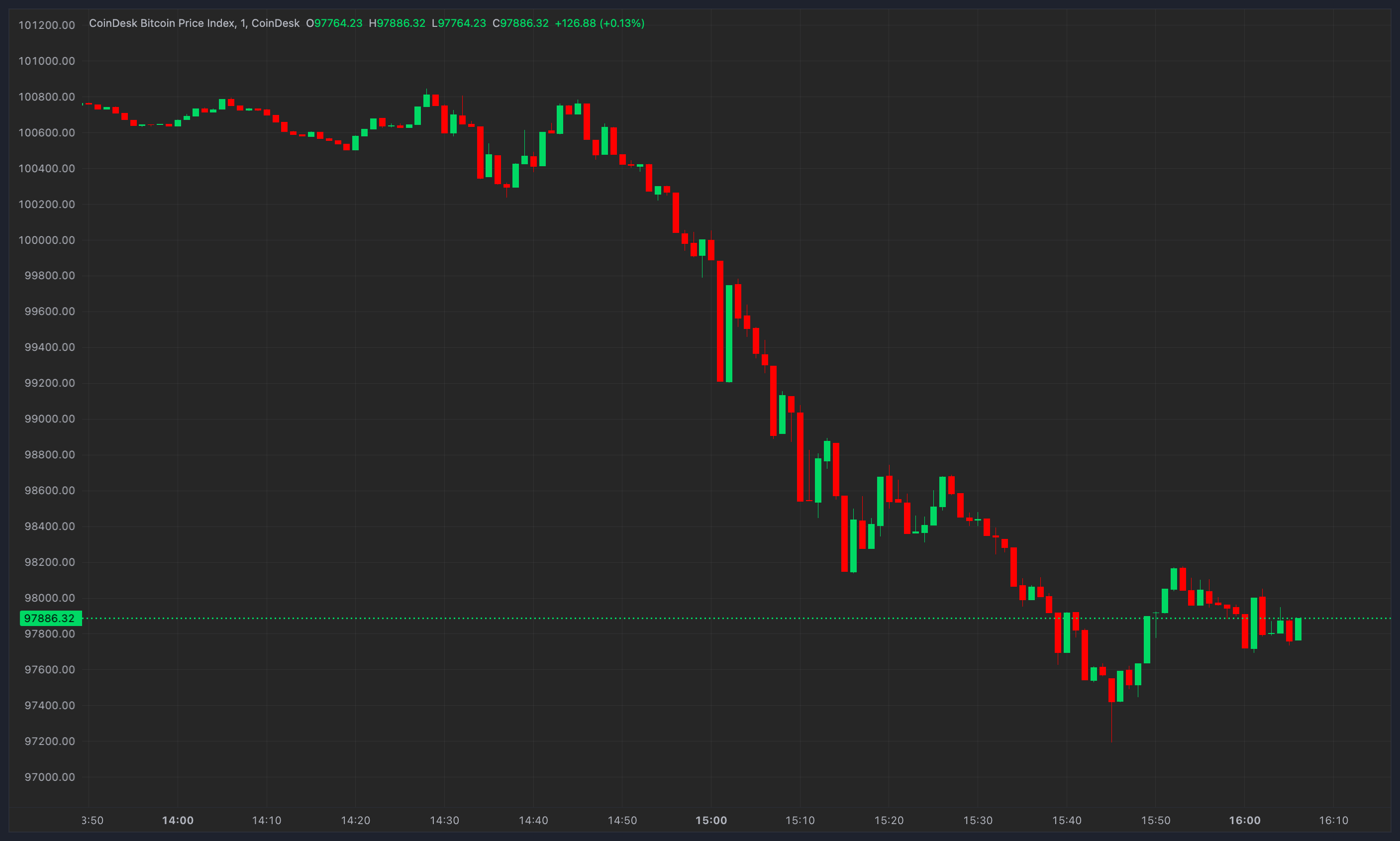Bitcoin’s genesis in 2009 will probably go down in history as one of the most notable technological events of all time. Demonstrating the first real use case for the immutable, transparent and tamper-proof ledgers — i.e., blockchain — it established the cornerstone for developing the crypto and other blockchain-based industries.
Today, just over a decade later, these industries are thriving. The total crypto market capitalization hit an all-time high of $3 trillion at its peak in November 2021. There are already more than 300 million crypto users worldwide, while forecasts suggest the figure may cross 1 billion by December 2022. Although phenomenal, this journey has merely begun.
Several factors have contributed to the blockchain and cryptocurrency industry’s success so far. But above all, it’s due to certain key features of the underlying technology: decentralization, trustlessness and data security, to name a few. Leading blockchain networks like Bitcoin are pretty robust as such thanks to their proof-of-work (PoW) consensus mechanism. Globally distributed miners secure these networks by providing “hashing” or computational power. Similarly, in the proof-of-stake (PoS) consensus that Ethereum plans to adopt soon, validators secure the network by locking up or “staking” digital assets.
Related: The truth behind the misconceptions holding liquid staking back
However, the number of miners or validators matters greatly in PoW and PoS, respectively — more miners or validators means greater security. Thus, only the bigger, more established blockchains can benefit optimally from conventional consensus mechanisms. On the other hand, emerging blockchains often lack the resources to secure their networks fully, no matter their innovative potential.
Bolstering interchain security frameworks is one way of solving this rather pertinent problem. Moreover, with innovations like liquid staking, bigger PoS blockchains can help secure the emerging ones, ultimately facilitating a safer and stabler industry overall.
Interchain security matters for blockchains big and small
One might wonder why bigger blockchains would even care to share validators with the smaller ones. Isn’t it about meritocratic competition, after all? Of course, it is, but that doesn’t necessarily mean underplaying the role of interoperability or cross-chain mechanisms. Moreover, if emerging but innovative blockchains thrive, it’ll benefit them and the industry as a whole. And this is the key to blockchain technology’s mass adoption, which is the ultimate goal despite all competition.
PoS blockchains are generally more prone to various majority attacks than their PoW-based counterparts. As Billy Rennekamp of the Interchain Foundation succinctly pointed out, “If one can control one-third of a network, they can do censorship attacks and if they control two-thirds of the network, they can control governance and pass a proposal for a malicious upgrade or drain the community pool with a spend proposal.”
Having said that, over 80 blockchains already use PoS, with more to come in the near future, including Ethereum. This is primarily because of the massive energy consumption and environmental impact of PoW chains. But while this change is welcome, it could cause an industry-wide security crisis without robust measures. If that happens, the industry will lose investors’ confidence, and everyone will suffer, including the bigger chains with well-established PoS networks. Thus, enhancing interchain security is a win-win approach and, indeed, the need of the hour.
Liquid staking optimizes interchain security
So much for the rationale behind interchain security. It is, in fact, already in action, thanks to the Cosmos Hub. However, the journey is far from complete. It’s possible to take interchain security to the next level with innovations such as liquid staking.
For the uninitiated, liquid staking unlocks the liquidity of assets staked (locked up) in…
Read More: cointelegraph.com









 Bitcoin
Bitcoin  Ethereum
Ethereum  Tether
Tether  XRP
XRP  Solana
Solana  Dogecoin
Dogecoin  USDC
USDC  Cardano
Cardano  Lido Staked Ether
Lido Staked Ether  TRON
TRON  Avalanche
Avalanche  Sui
Sui  Wrapped stETH
Wrapped stETH  Toncoin
Toncoin  Chainlink
Chainlink  Shiba Inu
Shiba Inu  Stellar
Stellar  Wrapped Bitcoin
Wrapped Bitcoin  Hedera
Hedera  Polkadot
Polkadot  WETH
WETH  Bitcoin Cash
Bitcoin Cash  LEO Token
LEO Token  Uniswap
Uniswap  Pepe
Pepe  Litecoin
Litecoin  Hyperliquid
Hyperliquid  Wrapped eETH
Wrapped eETH  NEAR Protocol
NEAR Protocol  Ethena USDe
Ethena USDe  USDS
USDS  Aptos
Aptos  Internet Computer
Internet Computer  Aave
Aave  Mantle
Mantle  Render
Render  Bittensor
Bittensor  Cronos
Cronos  POL (ex-MATIC)
POL (ex-MATIC)  Ethereum Classic
Ethereum Classic  Tokenize Xchange
Tokenize Xchange  WhiteBIT Coin
WhiteBIT Coin  Artificial Superintelligence Alliance
Artificial Superintelligence Alliance  Virtuals Protocol
Virtuals Protocol  MANTRA
MANTRA  Monero
Monero  Arbitrum
Arbitrum